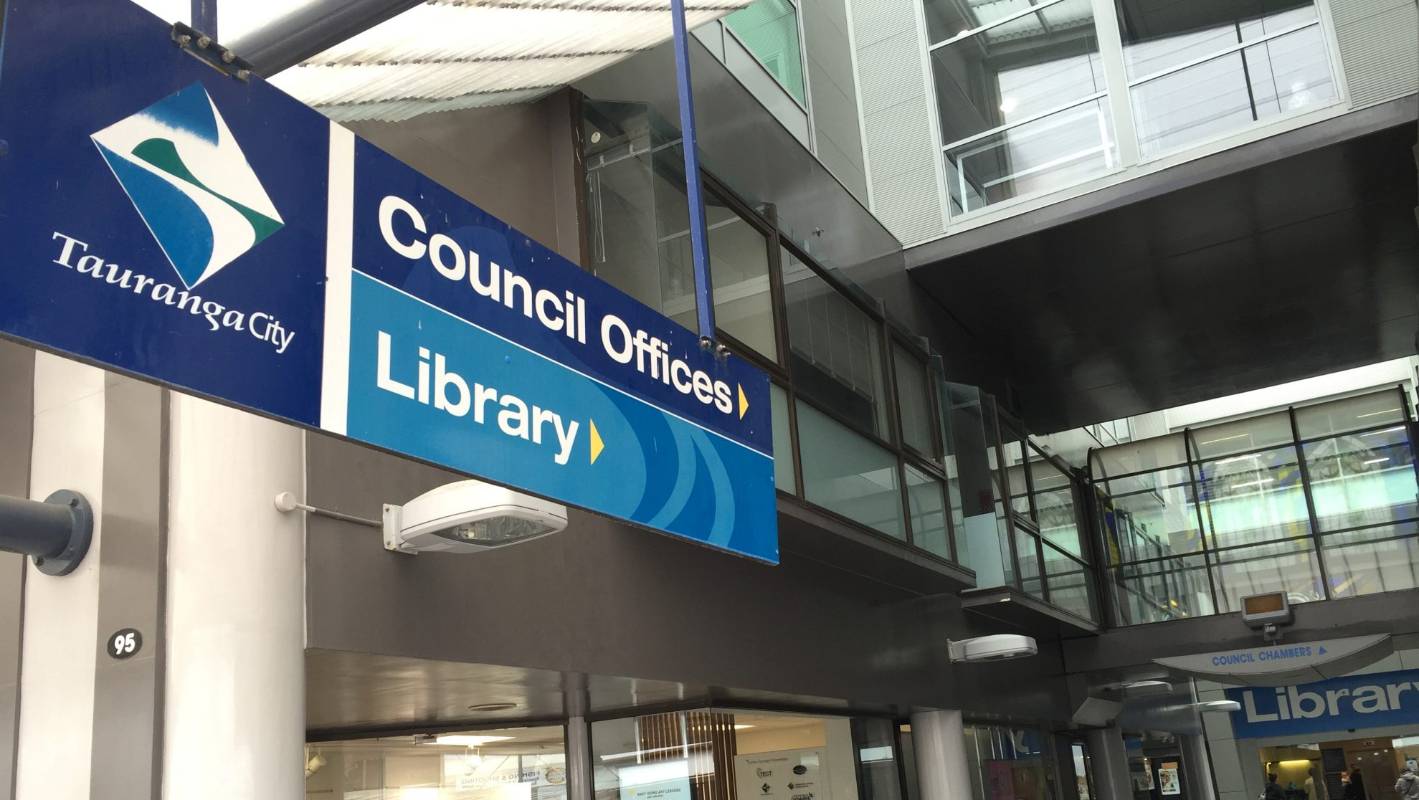It has been a typical week for New Zealand’s councils with yet another massive cost blow-out. This time it was Whangarei’s turn with the new Hundertwasser Art Centre going from $16 million to $33 million.
Additional costs included asbestos removal, deeper pilings, and extra seismic strengthening. Any commercial project manager knows that pre-design work includes testing for asbestos, geotechnical reports, and earthquake assessments so I am at a loss to understand how these costs were missed.
It comes after last week’s shock in Tauranga, where the council has abandoned work on a multi-storey car park building after $19 million has been spent. This was actually a good call by new mayor Tenby Powell. Serious design faults were discovered, so he chose not to do what is usually done — throw good money after bad to cover up the mistakes.
Mr Powell has also been refreshingly open about the council’s financial situation, declaring “We’re insolvent. If we were a business, we would be calling the receivers now”.
What does this mean?
Tauranga City Council’s operating expenses are more than its income, and this has been the case for some time. It was also the case in Hamilton, which resulted in a 54% rates rise over ten years. No doubt it is the case in many other places as well. Combined with high debt, the councils are having to borrow to pay interest on existing loans that they can’t service.
Not only is this bad practice, it is also illegal. The Local Government Act 2002 Section 100 (1) states “A local authority must ensure that each year’s projected operating revenues are set at a level sufficient to meet that year’s projected operating expenses.”
All those promises from the politicians have come with debt levels that are at crisis point, and, as I pointed out to Hamilton City Council last year, a real danger if there were something unexpected like a global recession or natural disaster (cue COVID-19).
To answer the clickbait title, there is no possibility of Tauranga City Council going bankrupt. But the reason why is damned scary.
In the event of financial failure, the Local Government Act requires a receiver to be appointed and a levy to charged on all ratepayers, because you, dear reader, are guaranteeing your council’s loans. You have not agreed to this mortgage on your property, but as former Hamilton councillor Garry Mallett found out when he tried a rates strike, the council simply goes to your bank and they hand over the money. You don’t get a say about it.
This is why you should take more notice of your council’s debt. Tauranga is well over $500 million. Hamilton and Dunedin are approaching $1 billion while Wellington will pass that mark. Auckland debt is…well, it is hard to know. The main source of debt is the Local Government Funding Agency, which originally had a cap on borrowing of 180% of council revenue, but that was increased to 230%, then last year bumped up to 250% before COVID-19. Now Auckland is forecasting hitting 262% by the end of this month at about $9.6 billion.
The scary thing about the Local Government Funding Agency is that it is owned by a collective of 30 councils who guarantee each other’s debts. If Auckland fails, receivers can take that $9.6 billion out of the banks of ratepayers across the country.
If you think central government will bail out ratepayers, the Act makes it clear: (Section 121) The Crown is not liable to contribute to the payment of any debts or liabilities of any local authority.
It is time to start demanding more accountability on the weekly council cost blow-outs.
Sources:
- ourauckland.aucklandcouncil.govt.nz/media/34282/covid-19-financial-update.pdf
- legislation.govt.nz/act/public/2002/0084/167.0/DLM172396.html
If you enjoyed this BFD article please consider sharing it with your friends.

